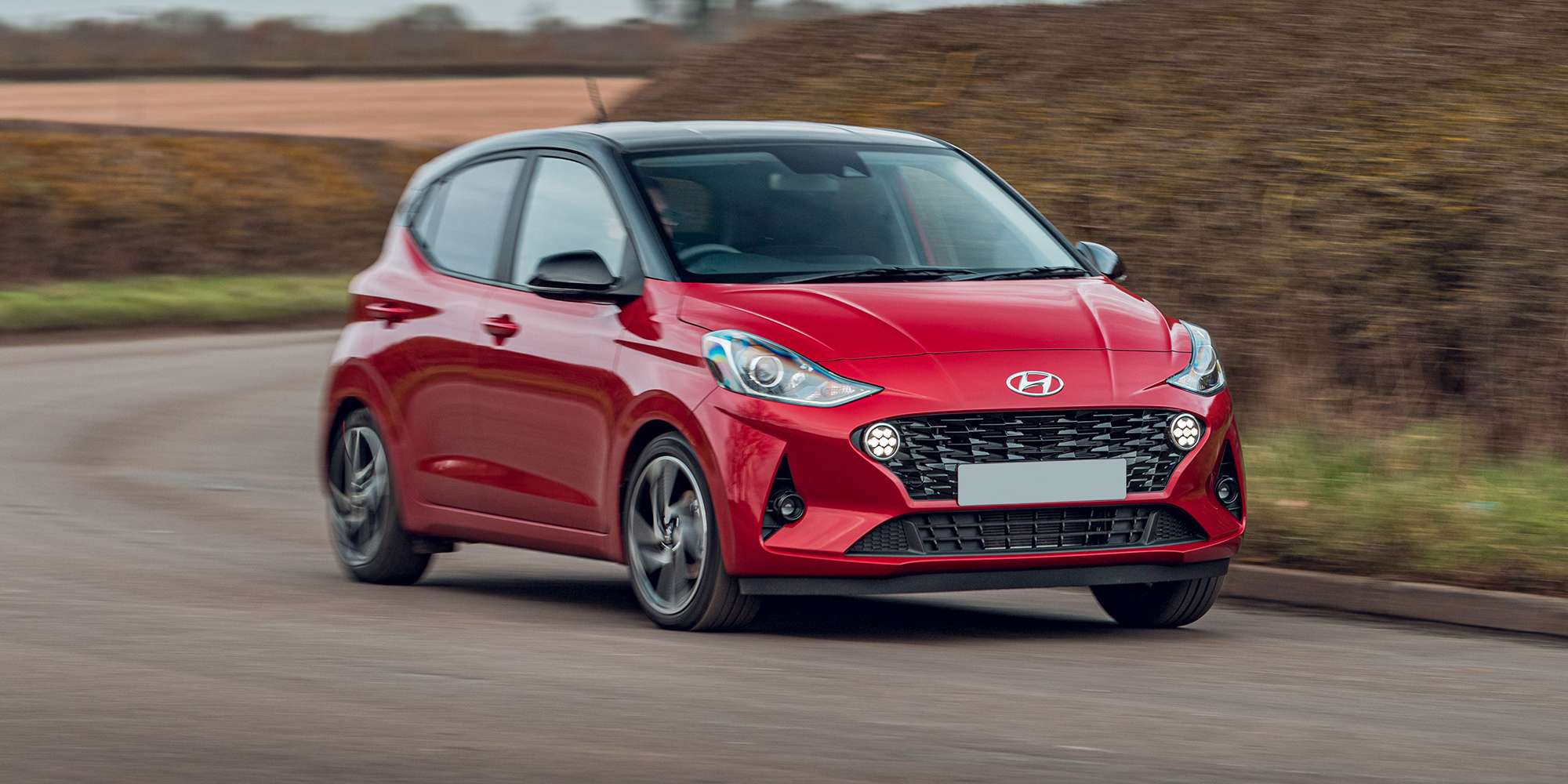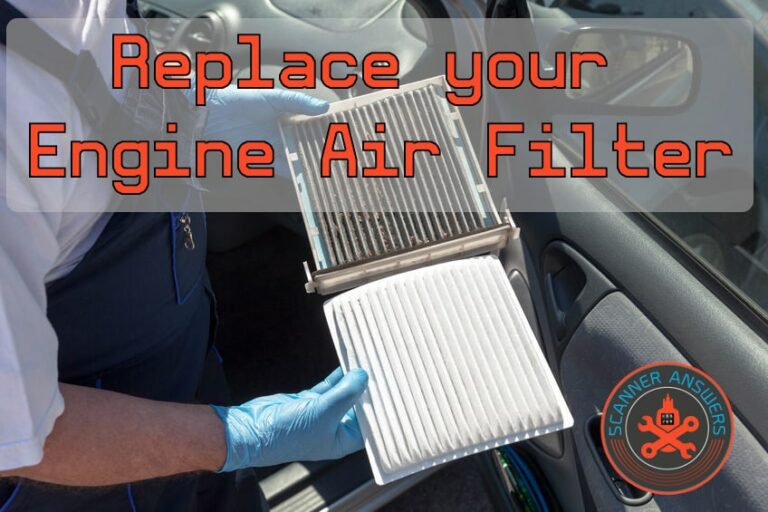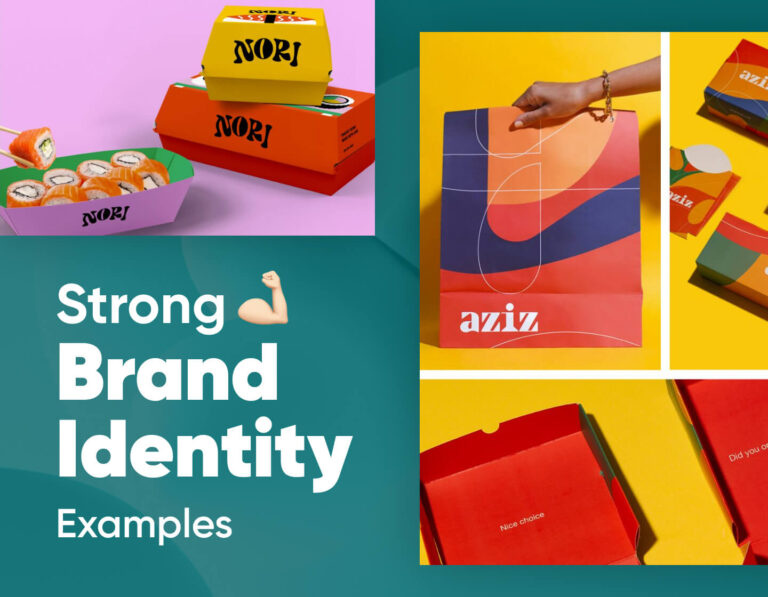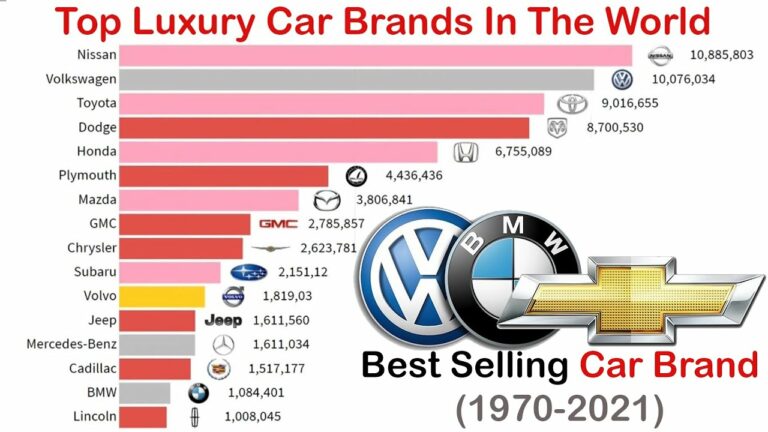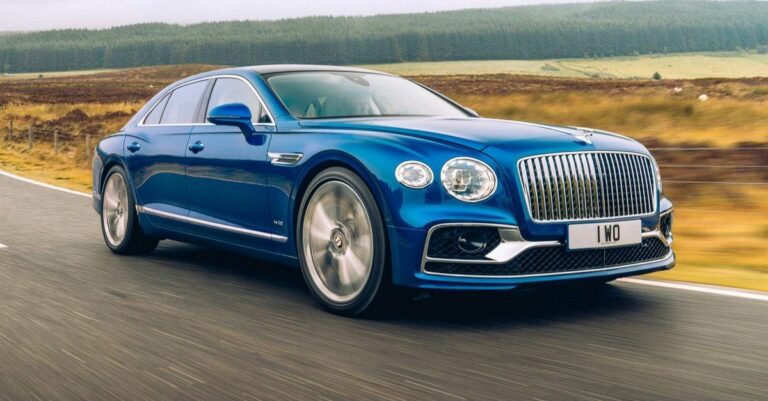How To Get A Brand New Car Cheaper
How To Get A Brand New Car Cheaper cars.truckstrend.com
The allure of a brand new car is undeniable: the fresh scent, the pristine interior, the latest technology, and the peace of mind that comes with a full warranty. However, this dream often comes with a hefty price tag. For many, a new car represents one of the largest financial investments they’ll make, second only to a home. The good news is that acquiring a brand new vehicle doesn’t have to break the bank. By understanding the intricacies of the car-buying process, armed with knowledge, and employing strategic tactics, you can significantly reduce the "out-the-door" cost and drive away with substantial savings. This comprehensive guide will equip you with the insights and actionable steps needed to navigate the dealership landscape and secure your new car at a price you’ll feel good about.
The Foundation: Research and Preparation is Key
How To Get A Brand New Car Cheaper
Before you even step foot into a dealership, thorough research and meticulous preparation are your most powerful allies. This foundational stage sets the stage for every subsequent saving opportunity.
Know Your Budget – The True "Out-the-Door" Price
Your budget isn’t just about the monthly payment; it’s about the total "out-the-door" (OTD) price, which includes the vehicle’s price, sales tax, registration fees, documentation fees, and any optional add-ons. Determine a realistic maximum you are willing and able to spend, considering not just the purchase price but also ongoing costs like insurance, fuel, maintenance, and potential future repairs once the warranty expires. Stick to this budget rigidly.
Research Car Models and Features Thoroughly
Don’t just pick a car based on looks. Dive deep into:
- Reliability Ratings: Consult consumer reports and industry reviews to understand a car’s long-term dependability. A cheaper purchase price can be negated by constant repair bills.
- Safety Features: Prioritize safety ratings and advanced driver-assistance systems.
- Fuel Efficiency: Calculate potential annual fuel costs based on your driving habits.
- Resale Value (Depreciation): Cars depreciate rapidly. Choosing a model known for holding its value well can save you thousands down the line when you decide to sell or trade in.
- Trim Levels and Features: Identify your absolute "must-have" features versus "nice-to-have" ones. Often, higher trim levels come with a significant price jump for features you may rarely use.

Understand Pricing Terminology
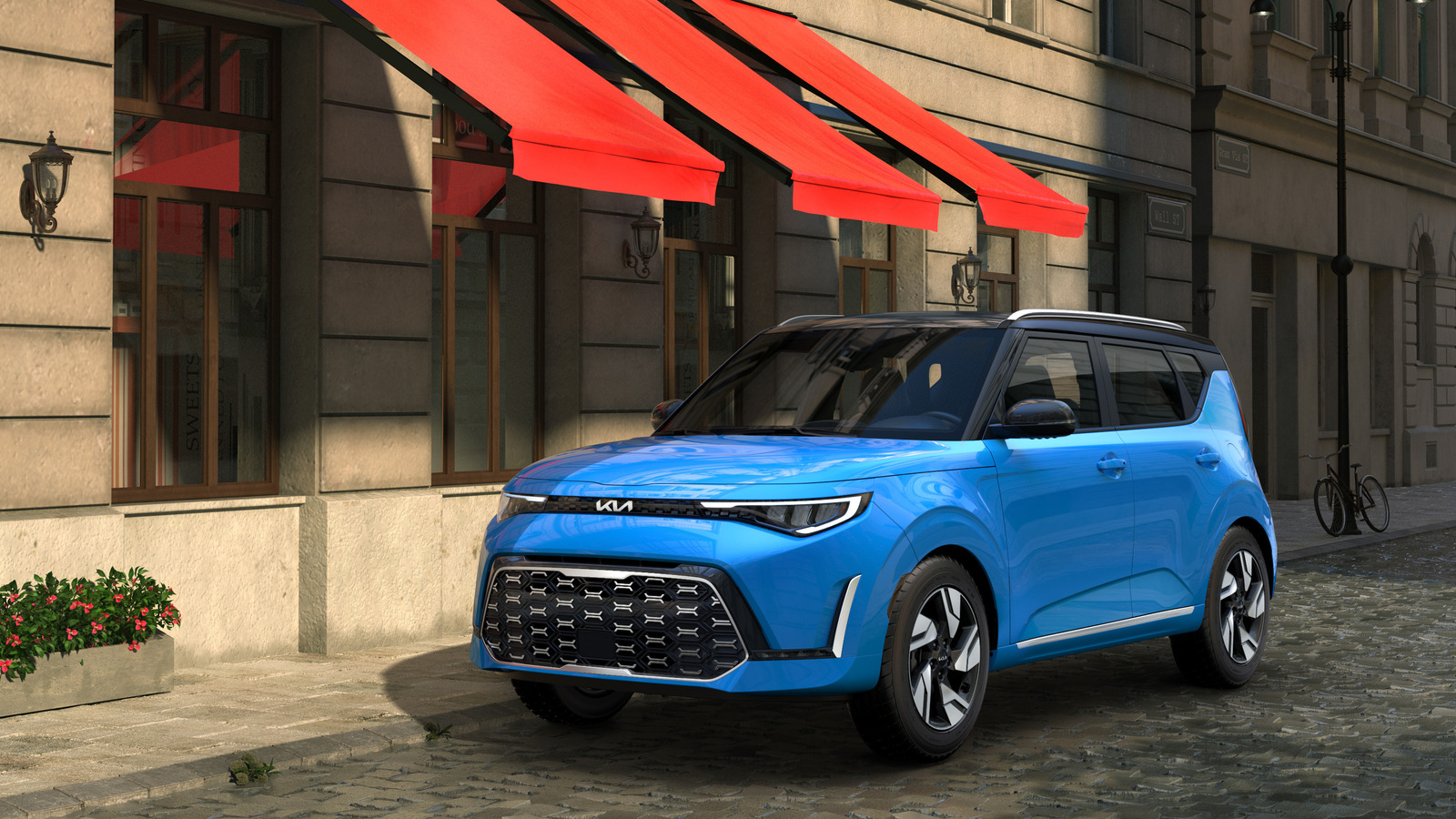
Familiarize yourself with these crucial terms:
- MSRP (Manufacturer’s Suggested Retail Price): This is the sticker price – what the manufacturer suggests the dealer sell the car for. It’s almost always negotiable.
- Invoice Price: This is what the dealer paid the manufacturer for the car. Your goal should be to negotiate close to, or even slightly below, this price. Remember, dealers also get "holdbacks" and incentives from manufacturers, so they can still make a profit even if they sell below invoice.
- True Market Value (TMV): Websites like Kelley Blue Book (KBB), Edmunds, and TrueCar provide data on what others in your area are actually paying for specific models, trims, and options. This is invaluable information for setting your negotiation target.
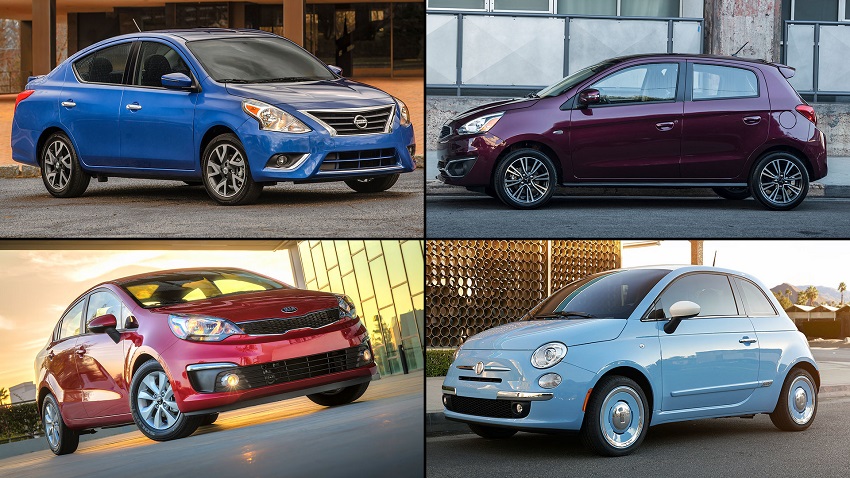
Timing Your Purchase Strategically
When you buy can be as important as what you buy:
- End of the Month/Quarter/Year: Dealerships have sales quotas. As these deadlines approach, sales managers are often more willing to offer deeper discounts to meet their targets and earn bonuses.
- New Model Year Introductions: When new models arrive on lots (typically late summer/fall), dealers are eager to clear out last year’s inventory, often leading to significant discounts on the outgoing models.
- Holidays: Major holidays like Black Friday, President’s Day, Memorial Day, and July 4th are common times for special sales events and manufacturer incentives.
- Off-Peak Days: Weekdays, especially Monday through Wednesday, tend to be less busy than weekends, giving sales staff more time to focus on your deal and potentially be more accommodating.
Mastering the Art of Negotiation
Negotiation is where the real savings happen. Approaching it with confidence and a clear strategy can shave thousands off the price.
Negotiate the Price of the Car First
This is paramount. Do not discuss your trade-in, financing, or anything else until you have agreed on the final purchase price of the new vehicle. Dealers often "bundle" these elements, making it difficult to see where you’re getting a good deal and where you’re being taken advantage of. Focus solely on getting the lowest possible price for the car itself. Aim for slightly above or even at invoice price.
Get Multiple Quotes and Leverage Competition
The internet is your best friend here. Contact several dealerships (even those a bit further away) via email or online inquiry forms. Request their "best out-the-door price" on the exact make, model, and trim you want. Pit them against each other. When one dealer gives you a quote, use it to get a better offer from another. This competitive pressure forces dealers to sharpen their pencils.
Be Prepared to Walk Away
This is your ultimate power play. If a deal isn’t meeting your expectations, be genuinely ready to leave. Don’t fall in love with a specific car at a specific dealership. There are always other cars and other dealers. The fear of losing a sale often prompts dealers to reconsider their offers.
Avoid Talking Monthly Payments Initially
A common dealer trick is to focus on making the monthly payment "affordable." This allows them to manipulate the loan term (stretching it out to 72 or 84 months) or interest rate, ultimately costing you more in the long run, even if the monthly payment seems low. Insist on negotiating the total purchase price first.
Stay Firm on Add-ons
Dealerships make significant profit from add-ons like extended warranties, paint protection, VIN etching, fabric protection, and rustproofing. Politely decline these initially. If you genuinely want an extended warranty, research third-party options which are often cheaper, or negotiate its price after the car’s price is set. Most other add-ons offer minimal value for their cost.
Smart Financing Strategies
How you pay for your car can significantly impact the total cost. Don’t let the dealership be your only option.
Get Pre-Approved for a Loan Beforehand
Visit your bank or credit union and get pre-approved for a car loan before you even set foot in a dealership. This serves two critical purposes:
- You know your maximum interest rate: This gives you a benchmark. If the dealer offers a higher rate, you have leverage.
- You’re a cash buyer to the dealer: You’re not relying on their financing, which gives you more power in negotiation. Dealers often make money on financing markups, so being pre-approved means they have to compete for your business.
Compare Interest Rates and Loan Terms
Even a seemingly small difference in interest rates can save you hundreds, if not thousands, over the life of the loan. Always compare rates from multiple lenders. Also, be mindful of the loan term. While longer terms mean lower monthly payments, they dramatically increase the total interest paid. Aim for the shortest loan term you can comfortably afford.
Consider Your Down Payment
A larger down payment reduces the amount you need to borrow, which means less interest paid over time. It can also help you secure a lower interest rate and reduce your monthly payments.
Navigating the Trade-In
If you have an existing vehicle to trade in, handle it strategically to maximize its value.
Value Your Trade-In Independently
Before visiting the dealership, get an accurate estimate of your current car’s value. Use online tools like Kelley Blue Book (KBB), Edmunds, and NADAguides for trade-in values. Also, get instant cash offers from online car buyers like Carvana or Vroom. These offers can serve as a strong baseline for your negotiation with the dealer.
Separate the Trade-In Negotiation
Just like financing, do not mention your trade-in until you have locked in the price of your new car. If you bring it up too early, dealers might offer a higher trade-in value but inflate the new car’s price to compensate, or vice versa. Negotiate the new car price first, then discuss your trade-in as a separate transaction.
Consider Selling Privately
While trading in offers convenience, selling your old car privately will almost always yield a higher price. It requires more effort (advertising, showing the car, paperwork), but the extra cash can be substantial. Weigh the convenience against the potential earnings to decide what’s best for you.
Leveraging Discounts, Rebates, and Incentives
Manufacturers and dealerships frequently offer various programs that can significantly reduce the purchase price. Don’t leave money on the table!
Factory-to-Consumer Rebates
These are cash-back offers directly from the manufacturer to the buyer. Always ask your salesperson what current rebates are available for the model you’re interested in. These can be thousands of dollars.
Dealer Incentives / Dealer Cash
These are incentives from the manufacturer directly to the dealership, often to help them move specific models or meet sales targets. While not always advertised to consumers, a knowledgeable negotiator can infer their existence and push for a deeper discount.
Special Programs and Discounts
Many manufacturers offer specific discounts for certain groups:
- Loyalty Programs: If you’re a returning customer of the same brand.
- Military/First Responder Discounts: Special pricing for active duty, veterans, and sometimes first responders.
- Student/Graduate Discounts: For recent college graduates.
- Fleet/Corporate Discounts: Check if your employer has a special arrangement with a car manufacturer.
- Supplier Pricing: If you or someone you know works for a company that supplies parts or services to a car manufacturer, you might be eligible for special "supplier" pricing, which is usually a fixed, low markup over invoice.
Leasing vs. Buying (Briefly)
While the article focuses on buying cheaper, it’s worth noting that leasing can offer lower monthly payments and the ability to drive a new car more frequently. However, you don’t own the asset, and there are mileage restrictions and potential end-of-lease fees. Leasing is not "cheaper" in terms of ownership but can provide a cheaper monthly cash outlay for those who prefer to always drive a new car and have predictable mileage.
Post-Purchase Considerations
Even after the deal is done, making smart choices can keep your total ownership costs down.
- Insurance: Get quotes before buying, as premiums vary widely by model.
- Maintenance: Stick to the recommended maintenance schedule to preserve your warranty and the car’s longevity.
- Fuel: Choose a fuel-efficient model if you drive a lot.
Cost-Saving Strategies Summary Table
This table outlines key strategies and their potential impact on your new car purchase.
| Strategy | Description | Potential Savings (Estimate) |
|---|---|---|
| Thorough Research | Understanding invoice price, market value, and optimal buying times. | $1,000 – $3,000+ |
| Aggressive Negotiation | Aiming for invoice or below, leveraging multiple dealer quotes. | $500 – $2,000+ |
| Pre-Approved Financing | Securing a loan independently to benchmark rates and avoid dealer markup. | $200 – $1,000+ |
| Smart Trade-In Tactics | Separating trade-in negotiation, considering private sale. | $300 – $1,500+ |
| Leveraging Incentives | Applying all eligible manufacturer rebates, loyalty, military discounts. | $500 – $4,000+ |
| Declining Unnecessary Add-ons | Avoiding overpriced dealer-added products like extended warranties, paint protection. | $500 – $2,000+ |
| Total Potential Savings | Sum of the above, highly variable based on car & market. | Thousands of Dollars |
Note: These are estimates. Actual savings vary widely based on the vehicle, current market conditions, your negotiation skill, and the available incentives.
Frequently Asked Questions (FAQ)
Q: When is the absolute best time to buy a new car?
A: The end of the month, quarter, or year are generally the best times as dealerships strive to meet sales quotas. Major holidays (e.g., Black Friday, President’s Day) and when new model years are introduced (to clear out old stock) also offer good opportunities.
Q: Should I tell the dealer I have a trade-in upfront?
A: No. Always negotiate the price of the new car first. Once that’s settled, then introduce your trade-in. This prevents the dealer from playing shell games with the numbers.
Q: What’s the difference between MSRP and Invoice Price?
A: MSRP (Manufacturer’s Suggested Retail Price) is the sticker price. Invoice Price is what the dealer paid the manufacturer for the car. Your negotiation target should be close to or slightly below the invoice price.
Q: Are extended warranties worth it?
A: Generally, no, they are often overpriced and offer marginal value. Most new cars come with a comprehensive factory warranty. If you do want one, research third-party options which are often cheaper, or negotiate its price after the car’s price is set.
Q: Is it better to pay cash or finance?
A: If the manufacturer offers a 0% APR financing deal, taking the financing might be better as your cash can earn interest elsewhere. Otherwise, paying cash avoids all interest charges, making it cheaper in the long run. Consider the opportunity cost of your cash.
Conclusion
The dream of owning a brand new car doesn’t have to come with a nightmare of debt. By approaching the purchase process with strategic planning, thorough research, and confident negotiation tactics, you can significantly reduce the overall cost. Empower yourself with knowledge, be patient, and don’t be afraid to walk away from a deal that doesn’t feel right. With the right approach, you’ll not only drive away in your desired new vehicle but also with the immense satisfaction of knowing you secured it at the best possible price. Happy car hunting!
